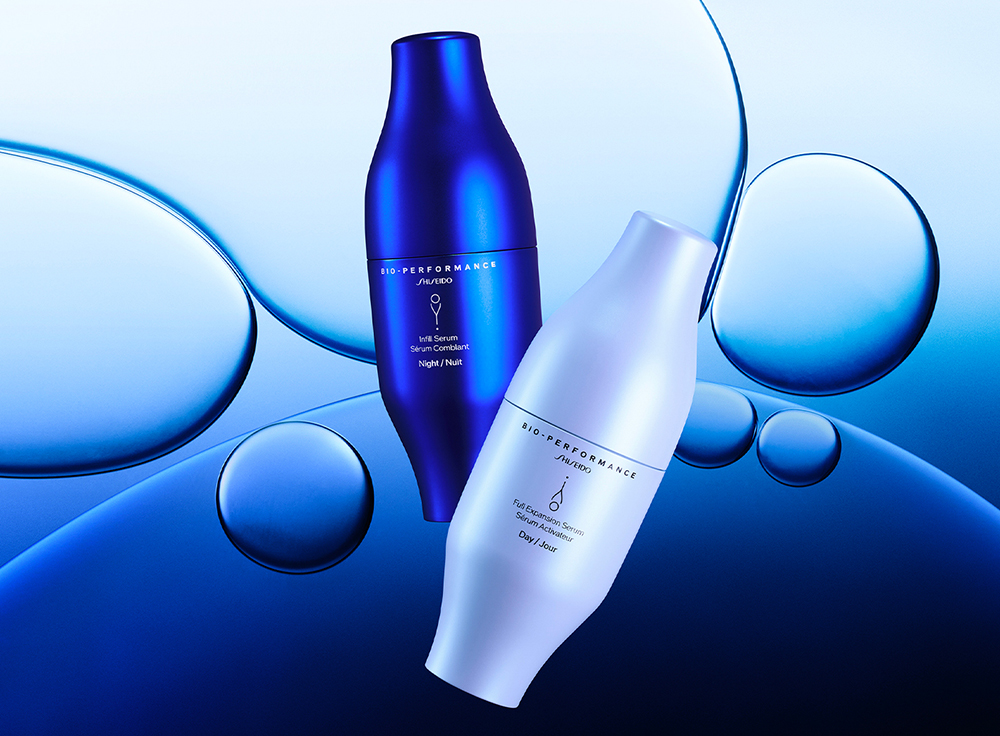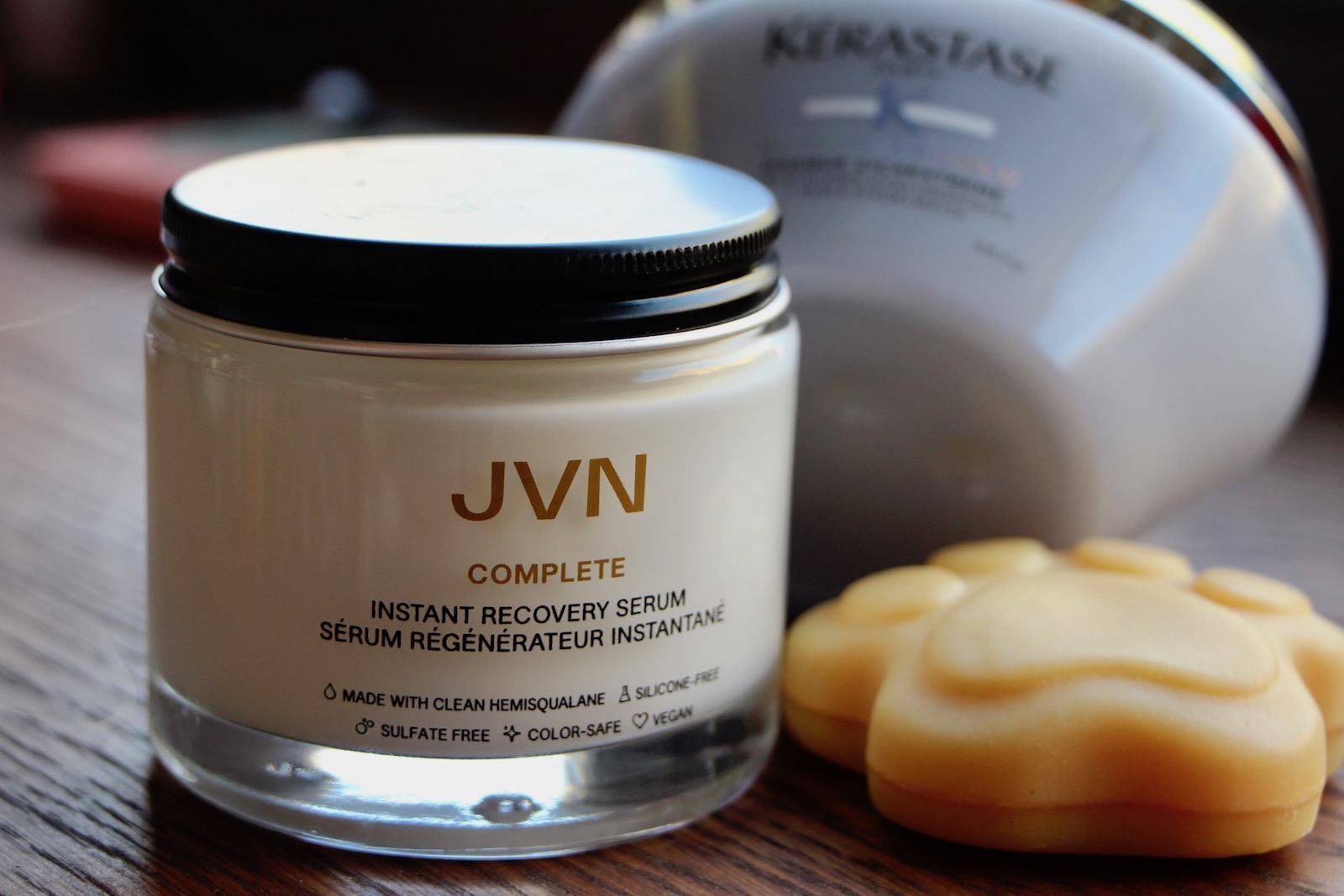
You regularly include core workouts in your fitness routine, but you still can’t see your washboard abs? Could your diet be the problem? A balanced diet is the most important factor –– combined with working out –– if you want to get a six-pack. We’ll tell you how to get there.
First off:
Washboard abs or a flat belly is not for everyone and is not a sign of how fit or strong you are.
Sit-ups ≠ Six-pack!
A lot of people make the mistake of limiting their workouts to ab exercises (e.g. crunches, sit-ups, etc.) to develop definition in their stomach muscles. Newsflash: this is not the right approach. If you want to get rid of the layer of fat around your midsection, you need to focus on full-body exercises: push-ups, burpees, squats, lunges, and planks strengthen your entire body and burn more fat. Core workouts are also important for your overall health and improve your general mobility.
Your body composition determines whether you’ll be able to see your abs or not. If you really push yourself and work out four or five times a week but you eat an unhealthy, high-calorie diet, you’ll never see your washboard abs.
Did you know…
…men can see their six-pack abs with about 12% body fat? For women this happens at around 17%. The number can vary from person to person, though.
So, how do I lower my body fat?
If you want to lower your body fat percentage, you’ll need patience and self-discipline. Your body won’t change from one day to the next. The two key factors in reducing your body fat (and revealing your washboard abs) are variety in your workouts and a healthy diet.
Training for washboard abs
Focus on interval training and full-body workouts to boost fat burning and combine this with core training. The advantages of this include better posture, reduced risk of injury, and better (running) performance.
If you really want to be successful, you should work out regularly — that means at least three times a week. Add variety to your workouts, so you always challenge your body in different ways. The training plan in the adidas Training app will get you on the right path with a six-week plan for a washboard stomach.
Six Pack Nutrition
You have to burn more energy than you consume to cut down on body fat. If you achieve a calorie deficit, you will lose weight. However, there are limits — make sure you are getting enough calories. An energy deficit between 300 and 500 calories is a safe guideline for healthy weight loss. By slowly lowering your body fat percentage, you have less risk of the yoyo effect.
Curious about your total daily energy expenditure? Calculate yours here:
And don’t forget to include all three macronutrients in your daily meals — protein, carbohydrate, and fat.
The proportion of macronutrients should be:
- 55% carbohydrate
- 15% protein
- 30% fat
Opt for natural, unprocessed foods instead of fast food and prepared meals. If you cook your own meals with healthy ingredients, you know exactly what you are putting into your body.
Carbohydrates are not the enemy
You don’t have to eat a high-protein, low-carb diet to lose belly fat and get washboard abs. At the end of the day, it’s about how many calories you’ve consumed.
Did you know?
Carbohydrates and protein have about the same calories (4 cal) per gram.
It’s a good idea to time when you eat your carbs. Plan high-carb meals before and/or after an intense workout. Carbohydrates are not only great for your digestion, they give you energy and speed the recovery process. Foods high in fiber promote digestive health and keep you feeling full longer.
Complex carbohydrates include:
- fruits and vegetables
- legumes
- oats
- quinoa
- whole-grain bread and pasta
- brown rice
- (sweet) potatoes
Simple carbohydrates include white flour products, sweets and desserts, sugary drinks and fruit juice. This is exactly what you should avoid if you want to uncover your abs.
Protein is key for muscle growth
It’s true: if you want to build muscles, you have to eat enough high-protein foods. However, the amount of protein that our body needs for muscle growth is usually overestimated.
You don’t have to get protein from animal products; there are also plenty of plant protein options. Many plant-based protein foods contain unsaturated fatty acids, which means you should eat more of them.
Good protein sources:
- legumes
- quinoa
- tofu and soy products
- seitan
- nuts
- grains
- lean meat
- fish
- eggs
- milk and dairy products
By the way:
You can indeed build muscle on a vegan diet and improve your performance.
When you eat high-protein foods, make sure you eat a variety of foods. This way you’ll be sure to supply your body with all the important amino acids.
Does eating fat make you fat?
Fat has the most calories of the three macronutrients. One gram has 9 calories, which is more than twice the amount of carbohydrates and protein. But that doesn’t mean you should eliminate it from your diet. It’s all about quality and quantity.
These foods provide essential fatty acids:
- vegetable oils (olive oil, rapeseed oil, hemp oil, and linseed oil)
- nuts and seeds
- avocados
- fatty fish (e.g. herring, trout)
Skip the sausage and other cured meat products as well as anything fried.
Don’t forget to hydrate…
Are you drinking enough water? Don’t underestimate the liquid calories you consume if you drink fruit juice and sugary drinks. The high sugar content can be detrimental to your weight loss success. You should also cut back or stop drinking alcohol if you want a six pack. It’s packed with calories and slows fat-burning.
Good to know:
Alcohol has almost as many calories as fat (7 cal per gram), so it should only be consumed in moderation.
Drink 1.5 to 2 liters of water per day. In hot weather and when you exercise, you should drink even more. If you do more than an hour of exercise, an additional 0.5 to 1 liter of water will rehydrate you. Electrolyte beverages only make sense if you do long endurance training. Calculate your daily individual liquid requirement here:
Six-pack Nutrition Plan
Now you know what foods are especially important to uncover your abs. We’ve put together two plans to help you get an idea of what your meals could look like. These are just examples to help you get oriented. It’s up to you whether you want to have snacks between meals. At the end of the day, it’s about how many calories you consume and not how often you eat per day.
- Woman, 65 kg, moderately active (e.g. 30 minutes of running), approx. 1,900 cal
- Breakfast: Banana pancakes with oats (516 cal)
- Snack: 1 energy ball (195 cal)
- Lunch: Red lentil curry with brown rice (502 cal)
- Snack: Blueberry and kale smoothie (320 cal)
- Dinner: Greek chickpea salad (287 cal)
- Man, 80 kg, moderately active (e.g. 30 minutes of bodyweight training), approx. 2,500 cal
- Breakfast: Shakshuka with 2 slices of whole grain bread (425 cal)
- Snack: Homemade granola bars (250 cal)
- Lunch: Buddha bowl with quinoa (770 cal)
- Snack: Strawberry banana oatmeal smoothie (380 cal)
- Dinner: Stuffed tomatoes with beef (630 cal)
Six-pack Nutrition in a nutshell
A healthy diet is just as important as mixing up your workouts if you want to see definition in your abs. Don’t give up and be patient — you can get the washboard abs you’ve always dreamed of!
***






